
RECIPES
14-05-2020 di redazione
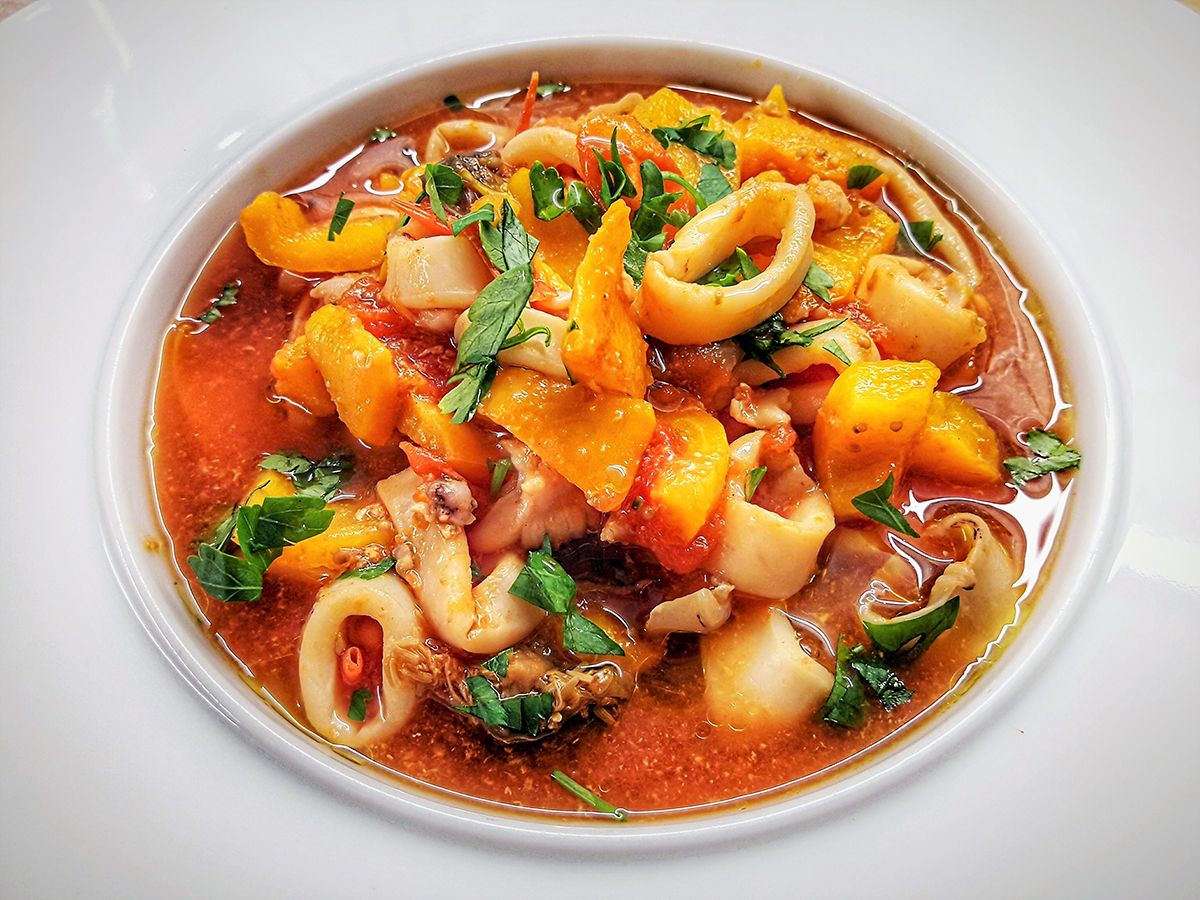
The Indian Ocean, among its wonders and fish delicacies, abounds in squid.
The local population, especially the Swahili of the coast, do not particularly love them and are used to cook them on the grill, or together with the octopus in a guazzetto with tomato sauce and coconut milk.
But there is also a recipe of Portuguese origin that we have called "Calamari alla Vasco Da Gama".
Here is the recipe from watamukenya.net:
Ingredients for 4 people
800 g calamari
3 onions
2 files
a carrot
a celery coast
a bay leaf
a curcuma
two glasses of white wine
2 peppers (one yellow and one green)
1 mango
oil
butter
250 g of rice
halls
pepper
PREPARATION
Use clean squid, separate the tentacles from the heads.
Shred the tentacles and cut the heads into rings.
Prepare a sauté in a large saucepan with a chopped onion, the carrot scraped, the celery rib, washed and chopped, the bay leaf, a squeezed lime, a pinch of salt and a few grains of pepper.
Add the chopped tentacles and half a glass of wine.
After two minutes add the squid and cover the casserole by adding water and leave to cook for ten minutes over low heat.
At this point remove the squid with a skimmer, leaving stock and vegetables in the bowl.
In another saucepan, heat half a glass of oil with 20 g of butter, place the squid on the pan and let it flavour over low heat. In the meantime, peel the remaining onions and cut them into rings, adding them to the squids when they are browned. Peel and wash the peppers, cut them into slices and add them to the squid stirring. Add the mango cubes, sprinkle the other lime and cover everything with wine. Add salt, pepper and cook, covered and over medium heat, for about twenty minutes, taking care to stir occasionally. Then remove the squid and vegetables from the bowl, put them on a plate and keep them warm. On a high heat, thicken the bottom until there is about one glass left on the squid. Serve immediately on a bed of boiled rice.
RECIPES
di redazione
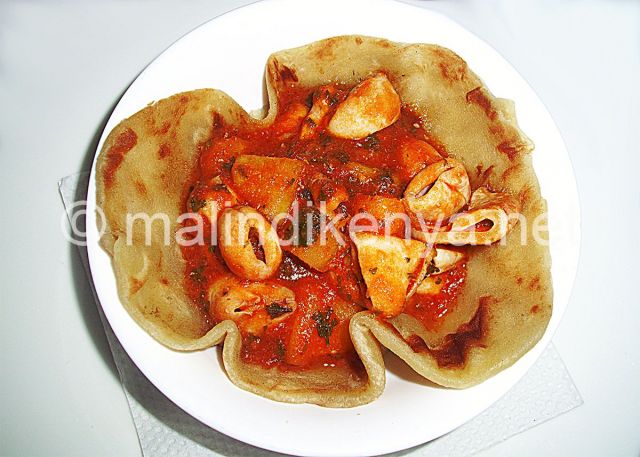
Throughout sub-Saharan Africa, tapioca (cassava) and sweet potato are used as side dishes for stews with tomato sauce. In inland regions, these dishes are based on ox or...

In the 13th century recipe book "Kitab al tabeek", the writer Muhammad Bin Hassan Bhagdadi, whose original manuscript is still kept in
RECIPES
di redazione
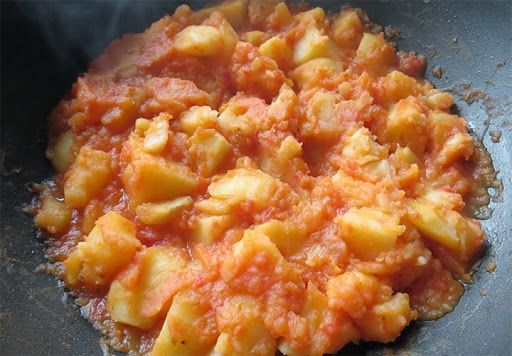
RECIPES
di redazione
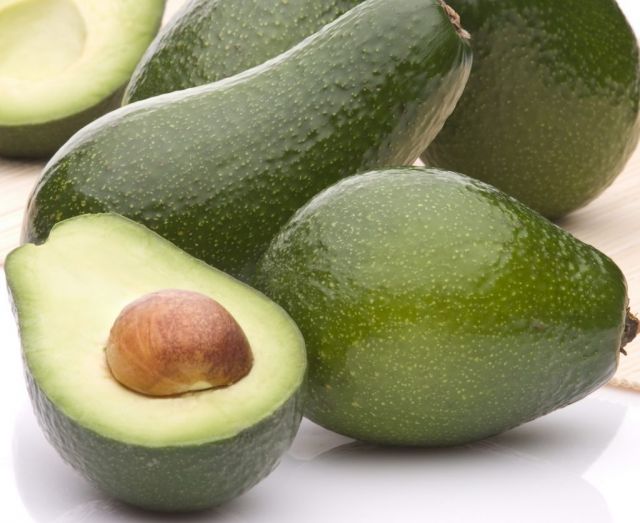
An ancient Swahili legend says that before the arrival of the Portuguese, the natives of the Kenyan coast did not eat avocado but only used oil, because they did not consider it as fruit or vegetables.
When the Portuguese decided...
RECIPES
di redazione
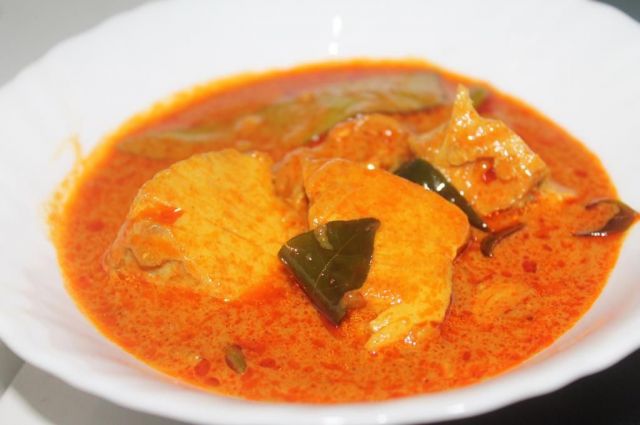
Fish morsels in mango sauce.
This is a Swahili recipe particularly used in Malindi and Watamu and on the coast of Kenya, where the plants of this delicious tropical fruit abound.
Here is for you the recipe of watamukenya.net
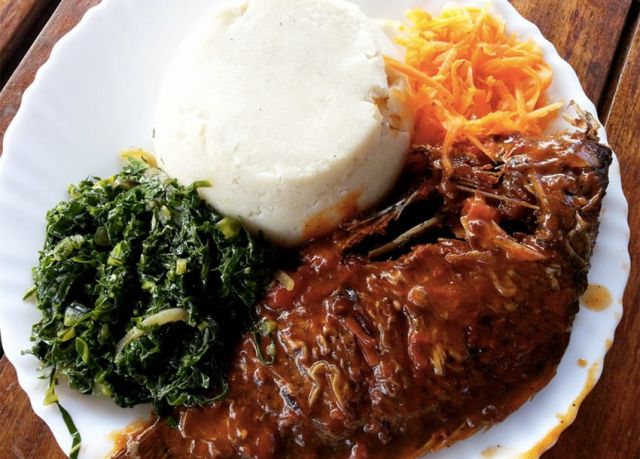
The ugali, composed of posho or sima, i.e. cornmeal and a side dish that can be meat, fish or vegetables, is the unique dish typical of Kenya and especially of the coast.
HISTORY
di redazione

Many who know Kenya's history are convinced that Christianity was brought here by German missionaries who opened the first Catholic mission in...
PRODUCTS
di redazione
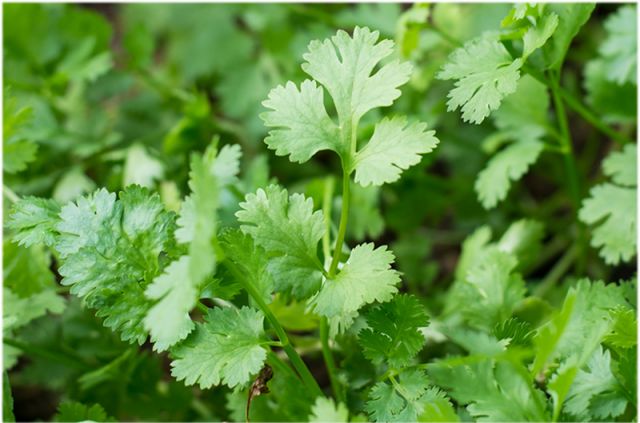
Coriander, or dhania as it is called here, is a herbaceous plant whose fruits are used, mistakenly called seeds because they are small and hard, as well as its leaves, which are very similar to those of...
RECIPES
di redazione
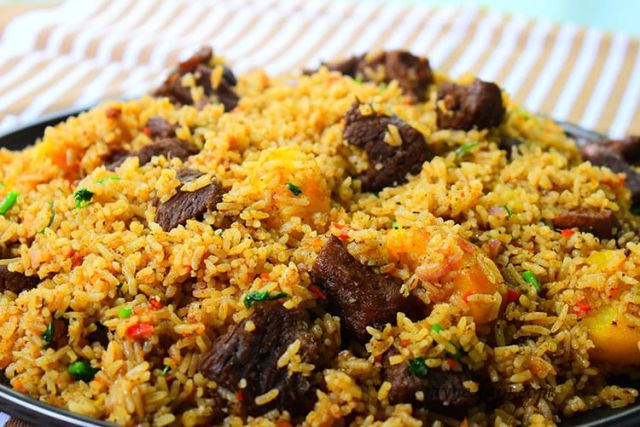
The rice "pilau" is one of the most common unique dishes to be found in restaurants in Kenya, especially those on the coast. The recipe is of Middle Eastern origin, but its Swahili variant is widespread especially in Kenya and...
PLACES
di redazione
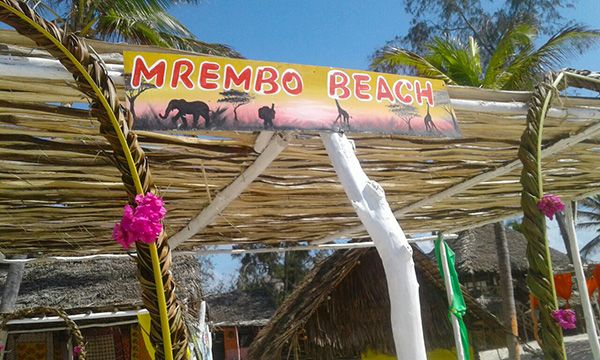
A new, very nice "chiringuito" looks out onto the captivating setting of the Watamu beach meeting points.
In the bay of Fortamu, facing the island of love and just a few meters from
RECIPES
di redazione

The Swahili cuisine of Kenya, as we know, is a mixture of the cultures and people who have landed on the coast, and the products of the territory they have learned to use. The example is offered by the use...
TOURISM
di redazione
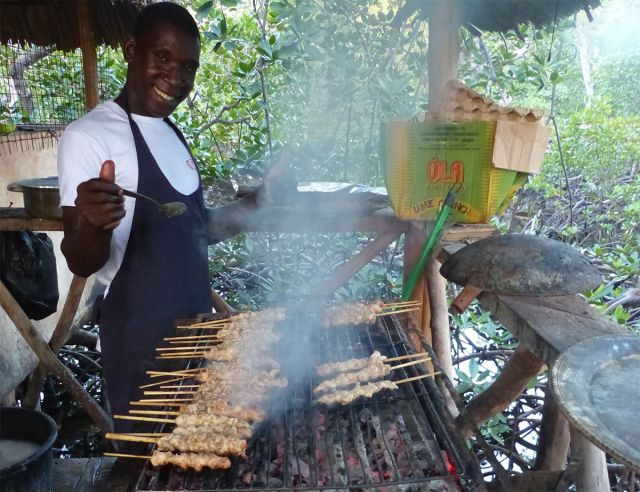
In recent years gastronomic tourism has grown considerably all over the world.
This is due to the popularity of certain programmes and also to the media coverage of dishes and restaurants, especially in social networks.